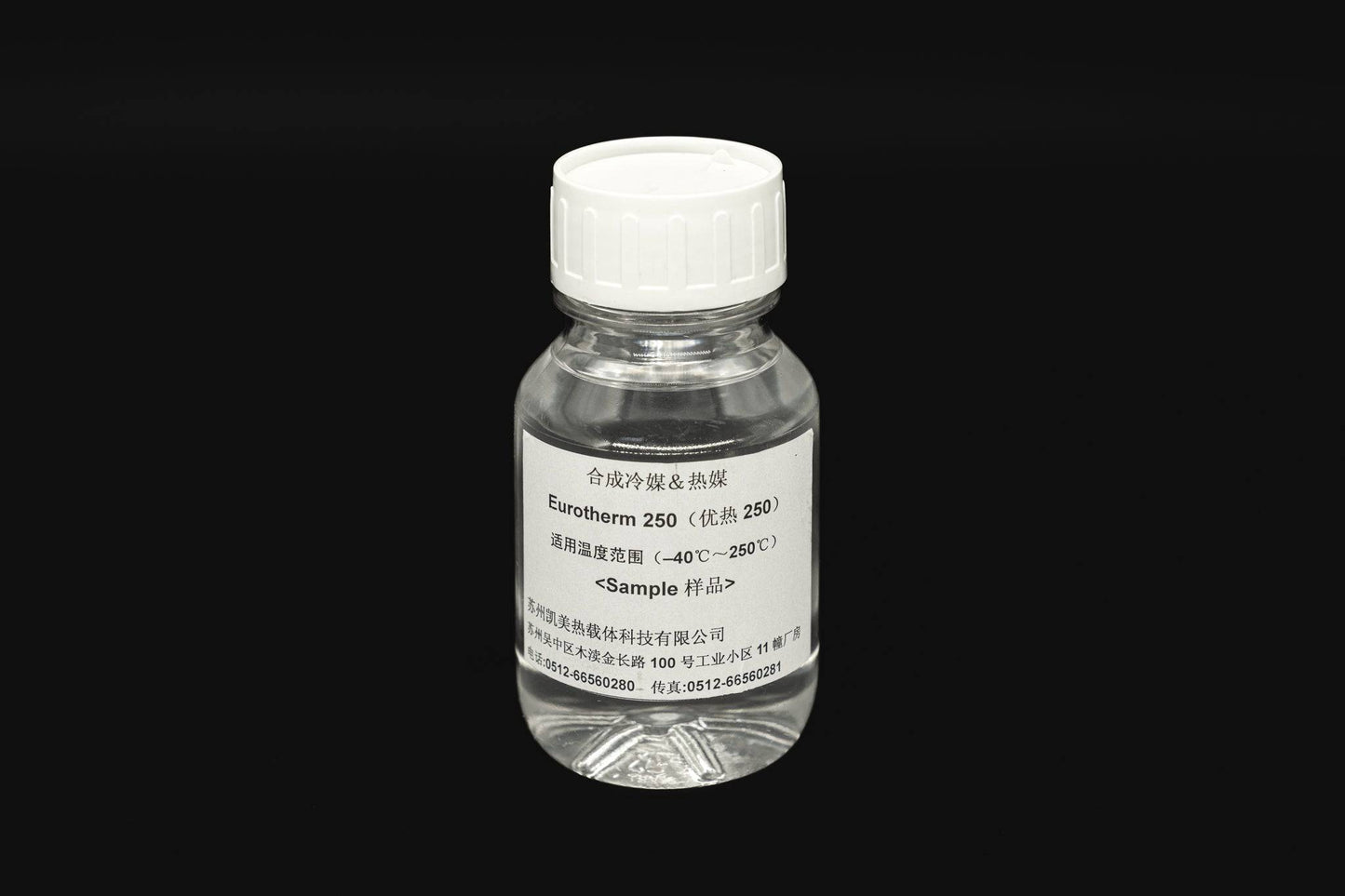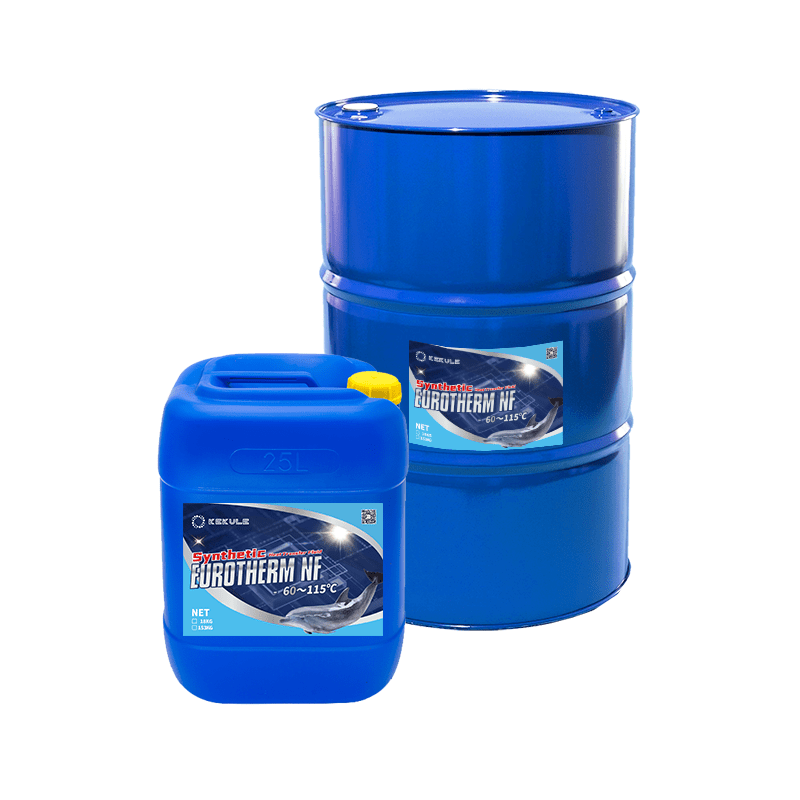3 Easy Facts About Chemie Described
3 Easy Facts About Chemie Described
Blog Article
Some Known Details About Chemie
Table of ContentsHow Chemie can Save You Time, Stress, and Money.Little Known Facts About Chemie.Little Known Facts About Chemie.Little Known Facts About Chemie.Chemie Can Be Fun For AnyoneThe 5-Second Trick For Chemie
By Bojanna Shantheyanda, Sreya Dutta, Kevin Coscia and David SchiemerDynalene, Inc. Liquid air conditioning, which can be attained utilizing indirect or direct means, is made use of in electronics applications having thermal power thickness that might surpass secure dissipation with air cooling. Indirect fluid cooling is where warm dissipating digital parts are physically separated from the liquid coolant, whereas in situation of direct cooling, the components remain in direct call with the coolant.Nevertheless, in indirect air conditioning applications the electric conductivity can be vital if there are leaks and/or spillage of the liquids onto the electronic devices. In the indirect air conditioning applications where water based fluids with rust inhibitors are normally used, the electrical conductivity of the fluid coolant mostly depends upon the ion concentration in the fluid stream.
The rise in the ion concentration in a shut loophole liquid stream might happen because of ion leaching from metals and nonmetal parts that the coolant fluid is in contact with. Throughout procedure, the electrical conductivity of the fluid may raise to a level which could be hazardous for the cooling system.
Some Known Facts About Chemie.
(https://www.magcloud.com/user/chemie999)They are grain like polymers that can exchanging ions with ions in a service that it is in contact with. In the here and now work, ion leaching tests were done with various metals and polymers in both ultrapure deionized (DI) water, i.e. water which is dealt with to the highest degree of purity, and reduced electric conductive ethylene glycol/water mix, with the measured modification in conductivity reported gradually.
The examples were enabled to equilibrate at room temperature for two days prior to videotaping the preliminary electrical conductivity. In all examinations reported in this research fluid electrical conductivity was determined to a precision of 1% utilizing an Oakton disadvantage 510/CON 6 collection meter which was calibrated before each measurement.
A Biased View of Chemie
from the wall surface home heating coils to the center of the heater. The PTFE example containers were placed in the heater when steady state temperatures were reached. The test setup was removed from the heater every 168 hours (7 days), cooled down to room temperature with the electric conductivity of the liquid measured.
The electric conductivity of the fluid example was kept an eye on for an overall of 5000 hours (208 days). Schematic of the indirect shut loophole cooling down experiment set-up. Elements made use of in the indirect closed loophole cooling down experiment that are in contact with the liquid coolant.

Not known Facts About Chemie
During operation the fluid tank temperature level was kept at 34C. The modification in fluid electric conductivity was monitored for 136 hours. The liquid from the system was accumulated and stored. Similarly, shut loop test with ion exchange material was brought out with the exact same cleaning treatments used. The preliminary electrical conductivity of the 230ml UP-H2O in the system determined 1.84 S/cm.

0.1 g of Dowex resin was included in 100g of liquid examples that was taken in a different container. The combination was stirred and change in the electric conductivity at area temperature was measured every hour. The measured modification in the electrical conductivity of the UP-H2O and EG-LC test liquids consisting of polymer or steel when immersed for 5,000 hours at 80C is revealed Figure 3.
Chemie Fundamentals Explained
Number 3. Ion leaching experiment: Measured adjustment in electric conductivity of water and EG-LC coolants including either polymer or metal examples when submersed for 5,000 hours at 80C. The results show that steels contributed less ions into the fluids than plastics in both find out here UP-H2O and EG-LC based coolants. This might be because of a slim metal oxide layer which might serve as an obstacle to ion leaching and cationic diffusion.
Fluids consisting of polypropylene and HDPE showed the lowest electrical conductivity changes. This can be due to the short, stiff, straight chains which are less most likely to add ions than longer branched chains with weaker intermolecular forces. Silicone likewise executed well in both test liquids, as polysiloxanes are usually chemically inert as a result of the high bond energy of the silicon-oxygen bond which would stop destruction of the material into the liquid.
The Greatest Guide To Chemie
It would certainly be expected that PVC would create comparable results to those of PTFE and HDPE based on the similar chemical frameworks of the materials, nonetheless there may be various other contaminations present in the PVC, such as plasticizers, that might influence the electrical conductivity of the liquid - therminol & dowtherm alternative. Furthermore, chloride groups in PVC can also leach into the test liquid and can cause an increase in electric conductivity
Buna-N rubber and polyurethane revealed indicators of destruction and thermal disintegration which suggests that their possible energy as a gasket or glue product at greater temperatures might result in application issues. Polyurethane completely disintegrated into the test liquid by the end of 5000 hour test. Number 4. Prior to and after photos of steel and polymer samples submersed for 5,000 hours at 80C in the ion seeping experiment.
Calculated modification in the electric conductivity of UP-H2O coolant as a feature of time with and without material cartridge in the shut indirect cooling loop experiment. The measured adjustment in electrical conductivity of the UP-H2O for 136 hours with and without ion exchange material in the loop is revealed in Figure 5.
Report this page